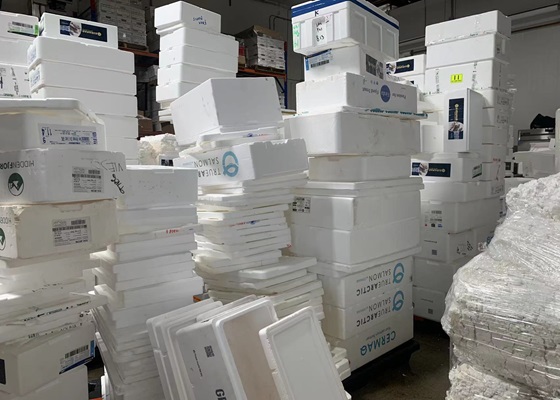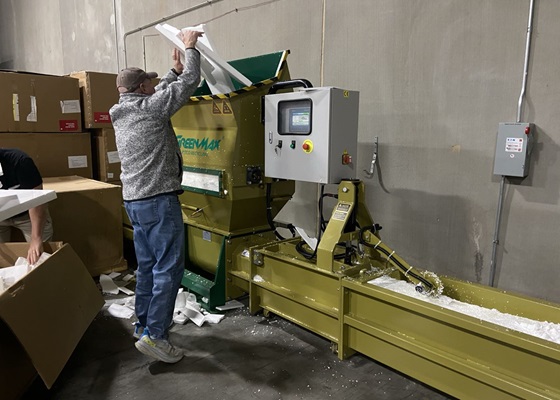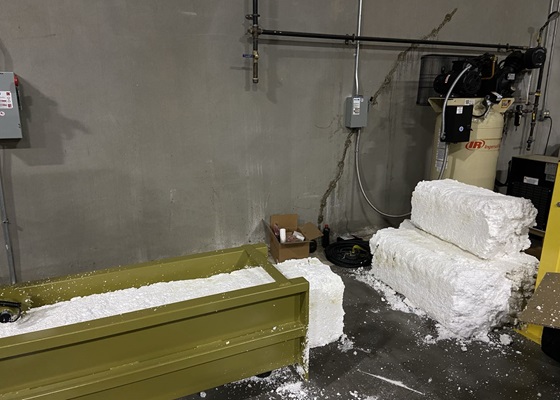Foam Box Recycling Make Use of Fish Boxes Worry-Free
DS Smith, a sustainable fiber packaging supplier, has launched its fish box DryPack in the US market, replacing traditional polystyrene containers for the transportation of fresh fish.
Polystyrene containers are widely used in the seafood market due to their superior performance, waterproof, shock-absorbing and fresh-keeping properties, as well as their very low price. Foam fish boxes are the best choice for fish transportation packaging, helping seafood processors safely transport short and long distances. DS Smith’s new DryPack fish boxes keep fresh fish below 40°F for more than 40 hours throughout cold chain operations, while being waterproof and recyclable. But inevitably, using this kind of fish box will lead to an increase in transportation costs and a decrease in profits for fish merchants.

In fact, many fish merchants choose to use recyclable alternatives to foam fish boxes because they mistakenly believe that foam cannot be recycled. However, the foam box recycling and reuse cycle system has now been developed very well, and waste foam fish boxes can be completely transformed into new foam boxes and other recycled products. The entire foam box recycling includes processes such as crushing, compaction, granulation and reuse, which can be realized easily and sufficiently.
INTCO Recycling is an expert in recycled polystyrene materials. In order to make foam box recycling more efficient, it independently developed the GREENMAX Apolo Series polystyrene compactor. The polystyrene compactor is specially designed for foam fish box recycling. It can compress waste foam boxes to one-fiftieth of their original volume for easy subsequent processing. Most foam fish boxes contain a large amount of moisture. This polystyrene recycling machine can eliminate the impact of moisture content on foam box recycling, while ensuring that the quality and purity of compressed foam blocks will not be reduced. GREENMAX Apolo Series polystyrene compactor uses screw compression technology to reduce the volume of foam fish boxes. When waste fish boxes enter the silo through the conveyor belt, they will be broken into foam fragments by sharp screw cutters. In order to make the compression effect better, the polystyrene compactor is equipped with a filtering device for foam fragments, which allows only 30mm-50mm fragments to fall to the bottom chamber, and the remaining foam will be broken again by the screw cutter. Then through the powerful compression and extrusion of the screw, the waste foam fish boxes are formed into tight foam blocks.

For these compression molded foam blocks, INTCO Recycling also provides an additional service, a sale and disposal solution for the foam. INTCO Recycling offers a buyback service for the foam fish box blocks at a favorable price, so the customer does not have to worry about downstream disposal of the foam blocks. And through this kind of sale, the return on investment of the polystyrene compactor can also be obtained very quickly. INTCO has in-depth research on foam box recycling, through granulation, foam blocks will be processed into foam particles, which are the raw materials of recycled products like mirror frames, skirting trims and flooring etc.
In addition to the professional GREENMAX polystyrene compactor, INTCO Recycling can also provide customized foam box recycling solutions and we are happy to answer any questions you may have.

